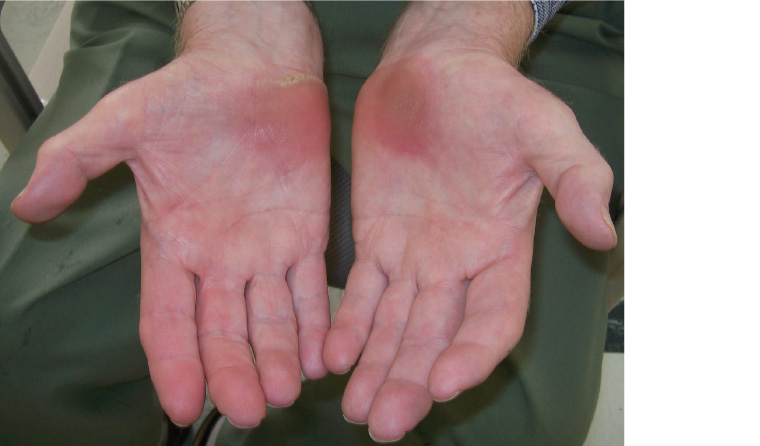
I still get tingly fingers on occasion, which most diabetics are familiar with – that throbbing, pin-sticking sensation in your hands and feet.
Even though I eat a fairly healthy diet I do backslide – as we all do – and the times when I slip up and eat foods I know I shouldn’t, the nerves in my hands and feet will let me know.
What causes peripheral neuropathy or tingly fingers in diabetics?
Chronic or persistent tingling fingers due to insulin resistance can be an indication of nerve damage in diabetics and those who are pre-diabetic. This happens when blood flow is restricted to that area due to excess sugars circulating in your blood stream. Once those nerves become damaged they cannot be replaced but further damaging can be prevented by improving blood sugar control.
Problems with numb fingers
Nerve damage to hands can make it difficult to grasp or hold things for any length of time. Can you imagine, for example, taking a pot of boiling water off the fire with numb hands and fingers.
Because of the numbness – injuries such as cuts and bruises can go unnoticed for longer than normal causing infections to set in. Check your hands and feet daily.
If you live in an area where temperatures can go below freezing be careful because your hands can become frostbitten without you being aware of it. Check your hands regularly when the temperature falls.
Using exercise to relieve tingling fingers
Do the following exercises to improve blood flow to your hands starting today and prevent further nerve damage. They are low impact with minimal equipment and are easy to do. Do them consistently and you will lessen the incidences of tingling fingers.
First and foremost is improving blood flow throughout your entire body. To do this you will need to start doing a proper cardio routine . . . either before or after resistance or weight training.
The cardio I do is HIIT or high intensity interval training. This is a variable form of exercise that can be done at any level – whether walking, jogging or running. This type of workout combines a number of short bursts of activity interspersed with short rest periods. Because they require maximum effort they should be done no more than two to three times each week. I find this to be the best way to improve my body’s circulation.
For those who are starting an exercise program for the first time I recommend starting slow . . . using light weights with controlled movements. As your health improves you can then progress to more advance movements including longer and more intense HIIT, and doing a variety of resistance exercises.
Swimming and cycling are two cardio exercises you can do that are low impact. You should be able to do at least one of them. Increase the intensity and duration as you get better.
Resistance exercises for tingly hands and fingers
Do these resistance exercises for better blood flow to your hands:
- Wrist curls – front and back. These are easy to do and require minimal weights. Start with light resistance bands, light dumbbells or a weighted bar.
- Behind the neck tricep raises – This type of movement increases the blood flow to your upper arms and shoulders.
- Arm curls or bicep curls – Although big biceps looks goods on some people, the benefit you get from doing them is a pumped feeling. This means more blood is flowing into your arms.
- Stretching – Finally, it’s important to do a proper stretching routine each day.
The only equipment you will need is a set of dumbbells, resistance bands or a weighted curling bar. Do the exercises properly and consistently and you will diminish incidences of tingly hands and fingers.
I recommend all my online clients visit with their doctors for a health assessment to determine the level of activity they can do . . . before starting any physical exercises.
Visit How to Prevent Pre-diabetes for more information and additional tips on how to improve insulin sensitivity.
